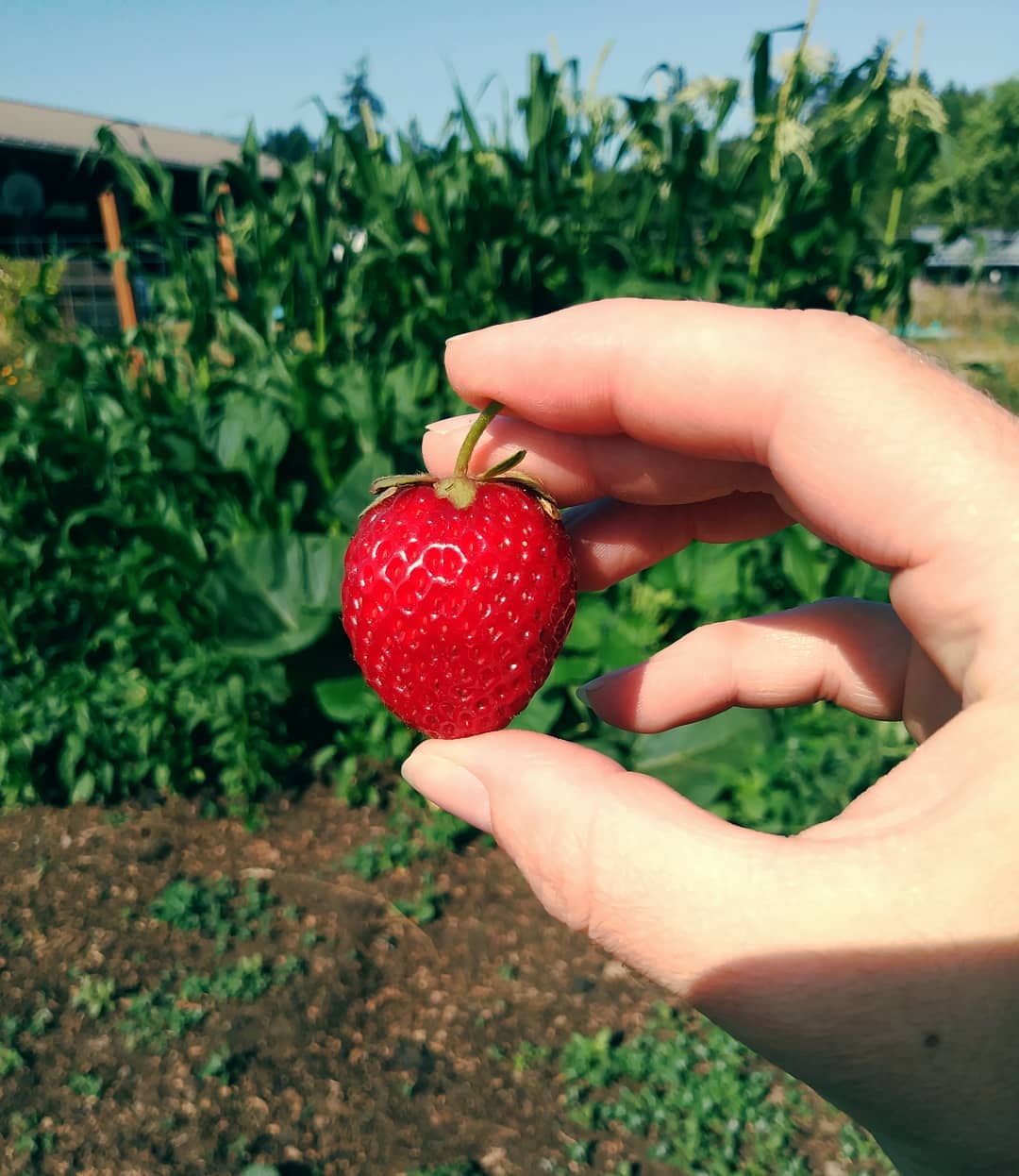Ever wondered why gardening enthusiasts rave about growing food in the Pacific Northwest Zone 8b? Imagine stepping into your backyard in January, plucking fresh kale for your salad. Sounds amazing, right? Well, gardening in Zone 8b is truly like holding a golden ticket—thanks to its mild winters, extended growing season, and incredible versatility. But, there’s more to it than just tossing seeds in the ground. Let’s dive into the strategies and secrets that make this gardening zone a true paradise.
What Makes Zone 8b So Ideal for Growing Food?
Zone 8b is special for several reasons:
- Mild Winters: Temperatures rarely dip below 15-20°F, meaning crops like kale, spinach, and carrots can thrive even through winter.
- Temperate Summers: Perfect for tomatoes, peppers, and eggplants, without the scorching heat of other regions.
But can you really maximize this climate? Absolutely—if you play it smart.
Making the Most of Zone 8b’s Climate
Growing Food – Vegetables, Fruits, and Herbs in the Pacific Northwest Zone 8b: Seasonal Strategies
Here’s how you can get strategic:
- Cool-season crops: Plant kale, broccoli, and radishes in early spring or late fall. Radishes, for instance, taste sweeter and stay crisp in cooler temperatures.
- Warm-season crops: Tomatoes, peppers, and cucumbers love warmth. To combat the Pacific Northwest’s cool spring, consider:
- Using black plastic mulch to retain soil heat.
- Planting near south-facing walls to create beneficial microclimates.
- Employing mini-greenhouses (cloches) to protect delicate seedlings.
Data-Backed Success Stories
Gardening groups in the Pacific Northwest have recorded remarkable results. For example, one gardener reported harvesting over 50 pounds of potatoes from a single 4×8-foot raised bed. This clearly demonstrates the region’s potential for impressive yields.
Tackling Soil Challenges
Zone 8b is known for its heavy clay soil, which can feel like gardening in concrete. But don’t worry—solutions are within reach:
- Improve drainage by adding organic matter like compost, aged manure, and leaf mold.
- Raised beds and no-till gardening help preserve soil structure, enhancing water flow and nutrient retention.
- Test your soil pH regularly. Most veggies prefer a slightly acidic to neutral pH (6.0 to 6.8). Adjust using lime for acidic soils or sulfur for alkaline ones.
Seed Starting: Your Key to a Thriving Garden
Starting seeds indoors about 6-8 weeks before the last frost gives your garden a jumpstart:
- Essentials: Seed trays, quality seed-starting mix, adequate lighting, and careful watering.
- Hardening off seedlings: Gradually expose plants to outdoor conditions to prepare them for transplantation.
Preventing Common Gardening Issues in Zone 8b
Bolting and Pest Management
Plants like lettuce and cilantro often “bolt,” or prematurely flower, in fluctuating temperatures. Avoid this by:
- Choosing bolt-resistant varieties.
- Providing shade during hot afternoons.
Pests, especially slugs and aphids, thrive in the Pacific Northwest. Natural control methods include:
- Creating barriers using crushed eggshells or diatomaceous earth to deter slugs.
- Introducing beneficial insects like ladybugs to manage aphids.
Creating a Pollinator Paradise
Gardens aren’t just about food—they’re vibrant ecosystems. Enhance pollinator activity by:
- Planting diverse flowers blooming throughout the year.
- Avoiding chemical pesticides in favor of natural solutions.
- Providing water sources for bees and butterflies.
Creative Gardening Ideas for Zone 8b
Gardening is a joyful, creative endeavor. Try:
- Edible landscaping: Integrate blueberry bushes or dwarf fruit trees into your decorative landscape.
- Vertical gardening: Utilize trellises for beans and cucumbers, or grow strawberries in hanging baskets.
- Companion planting: Pair basil with tomatoes to repel pests and improve crop flavor.
Essential Maintenance for Maximum Yield
- Water deeply and infrequently, allowing the soil to partially dry between waterings.
- Regularly weed and mulch to retain moisture and nutrients.
- Harvest strategically, picking produce in the morning for peak freshness and flavor.
Resources to Boost Your Gardening Confidence
The Pacific Northwest offers an abundance of gardening resources:
- Local nurseries and gardening centers
- Online communities, blogs, and forums specific to Zone 8b
- University Extension offices offering expert advice and workshops
Conclusion
Growing vegetables, fruits, and herbs in the Pacific Northwest Zone 8b isn’t just gardening—it’s crafting your own edible paradise. With the right strategies, a bit of creativity, and community support, your garden can flourish like never before. So why not get your hands dirty and see what magic you can create in your own backyard?
Happy gardening!
